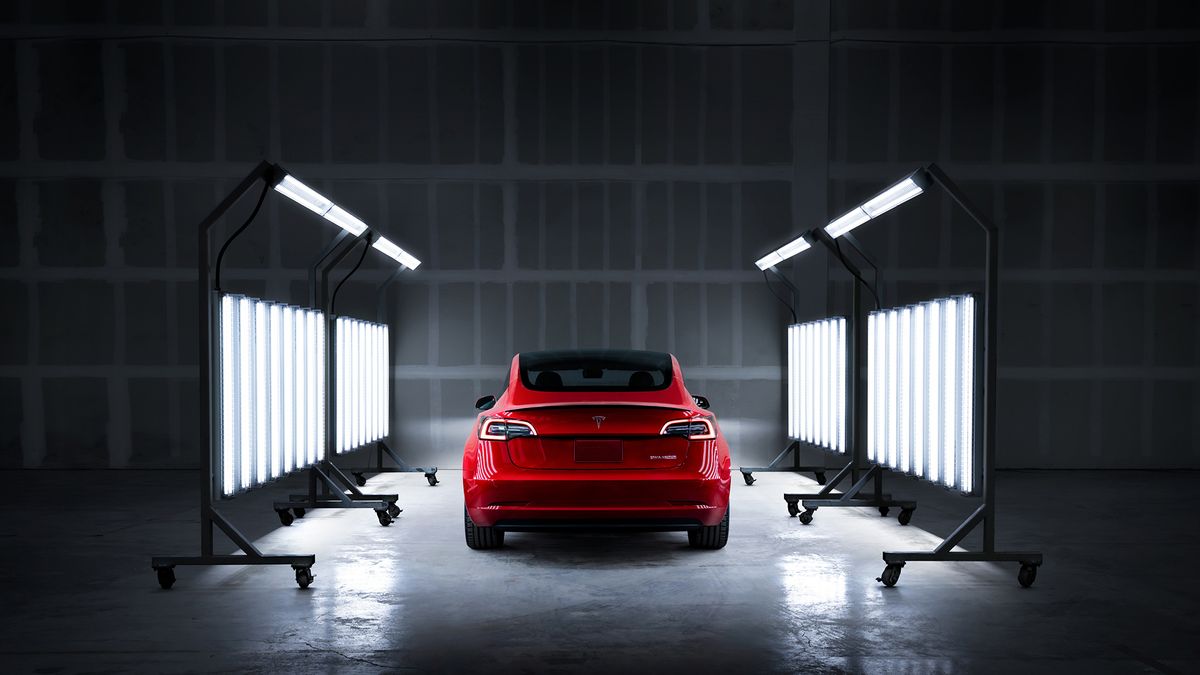Fiido Air review: so lightweight you’ll forget it’s an e-bike
Yes, that’s an electric bike, though you wouldn’t know it from looks alone, or from hoisting it up some stairs since it weighs as much as a regular city bike at just 30 pounds (about 14kg).
What you’re looking at is the Fiido Air, a carbon fiber e-bike from the Chinese company I tested on a whim once, just to see what a $999 direct-to-consumer electric bike was like. Not great, it turned out, and its follow-up had a habit of breaking in two.
But hey, I’m a forgiving type and the company did make amends to those affected. And Fiido says the Air is “the world’s lightest city e-bike” with a “super early bird” price tag of just $1799 at launch (or €1799 in Europe) — rising to $1999 and then $2799 later, ahead of August shipments. That’s just too tempting not to test, especially when it costs half that of the comparable Gogoro Eeyo.
And after spending more than a month with a Fiido Air as my daily rider, I gotta say — I’m impressed… so long as you ignore the app and the silly smartwatch it ships with, and aren’t afraid of doing a little wrenching and troubleshooting yourself.
The first thing you’ll notice about the Fiido Air is the battery — or lack of any visible trace because it’s integrated into the slender frame. Normally that’s a problem but this bike, unlike VanMoofs and some Amplers, is something that many can still haul into an elevator or up a flight of stairs in a pinch due to the liberal use of rigid and lightweight carbon fiber in the bike frame, front fork, handlebar, and seat post stem.
In fact, you wouldn’t know it’s an e-bike at all if it wasn’t for the giant ON / OFF graphic that Fiido inexplicably chose to blaze across the frame as if its owner needs to be forever reminded of where that button is. The otherwise clean design is helped by internally routed cables.
My bike arrived partially assembled in its shipping box. A spacer for my front axel assembly was jammed into the packing materials, however, causing me to overlook it when I assembled the front wheel and handlebars. I could tell something was wrong, and eventually sorted it out with the help of Fiido support, but less experienced bicycle owners might have just lived with the slightly noisy, slightly wobbly, and potentially dangerous assembly.
My European Fiido Air is fitted with a 250W Mivice rear-hub motor and Mivice torque sensor (as you’d expect in this price range) to make the pedal-assisted power feel more natural. It also features plenty of off-the-shelf parts that should help make it easy to service at any local bike shop. That’s not always the case with Fiido’s cheaper e-bikes that use parts not widely available outside of China (I once had a terrible time finding brake pads). The Fiido Air uses Shimano BR-MT410 hydraulic brakes, a Velo saddle, and a Gates Carbon Drive CDX belt drive, with the latter rarely needing servicing unless your bike was shipped with a loose belt, like mine was.
Tightening the belt isn’t difficult, but it’s also not intuitive. Nevertheless, it’s never nice to spend $2000 and find that your transmission slips with a loud clunk when stepping hard on the crank to quickly cross the street against oncoming traffic. I also had to recently lubricate the bottom bracket (where the crankset attaches to the bicycle) after the pedals began making a horrible creaking sound on each downward stroke. Both of these fixes were relatively simple to do, but not something that’s usually required after just a few weeks of riding.
The Air is equipped with a fingerprint sensor that’s surrounded by a colorful light ring. To prevent people from riding off with the e-bike after hitting the well-labeled ON/OFF button, the motor can be configured to unlock with the fingerprint sensor. This worked surprisingly well 99 percent of the time. It worked fine in light rain, so long as I was able to dry it off and shield it, but I once tried to unlock it in a heavy downpour, and no amount of wiping allowed the sensor to recognize my finger. That meant opening the app to unlock the motor.
The app is… terrible, and should be avoided at all cost. Fortunately, it can be abandoned for day-to-day use, but not until you suffer through it for initial setup, and then occasionally to check the battery level — which seems to be off by as much as 20 percent — since there’s no indication of it on the bike itself. It’s a shame Fiido didn’t repurpose the colored ring around the fingerprint sensor for some kind of battery indicator.
After the fingerprint sensor unlocks the bike, more taps will steadily increase the power assist with corresponding rings of color — yellow, blue, a slightly brighter blue, and green — to show the current selection. A quick double tap on the sensor turns the integrated running lights on and off. Unfortunately, the bike doesn’t remember your preferred setting when turning it on and off.
Fiido ships the e-bike with a cheap plastic-y Fiido Mate smartwatch, which is just laughably bad. It can be used to unlock the motor or as a dashboard on your wrist — but can’t be easily attached to the frame. After testing it once I never used it again. I already wear an Apple Watch, but there’s no app for that.
The Fiido Air puts the rider in a very aggressive and sporty position, which creates an awkward hand position that’s less than ideal for long commutes or casual city riding. But it is fun! The pedal assist is delivered smoothly, intuitively, and very quietly, but the motor’s modest 40nm of torque makes this single-speed e-bike best suited for mostly flat commutes. Out of the box the Fiido Air has a 15.5mph (25km/h) top speed that shoots up to 18.6mph (30km/h) with a simple (and often illegal) software setting.
1/17
Photo by Thomas Ricker / The Verge
Fiido says the Air can go up to 80km (about 50 miles) on a single charge which is wildly optimistic for its 209Wh non-removable battery, but may be doable in the lowest power setting (I always tested in max). In my testing, pedal assist was already noticeably degraded after around 40km (25 miles) of riding. Fiido also sells an optional bolt-on range extender that can you take inside to charge from Fiido’s relatively small charging brick.
For what’s supposed to be an e-bike for cities, it ships without a kickstand, bell, or any mudguards which means a rooster tail of spatter on your back if you get caught in the rain. It does have attachment points for front and rear fenders though, if you decide to go that route. It also comes with Kenda 700*40C tires that look better suited for gravel than city streets.
Overall, I’ve really enjoyed using the Fiido Air as my primary city ride for the last six weeks and change. For $1799 it’s a good deal for anyone looking for a nicely designed and lightweight e-bike. For $1999 it’s still worth a hard look, but for $2799 I’d consider other options first.
All photography by Thomas Ricker / The Verge


